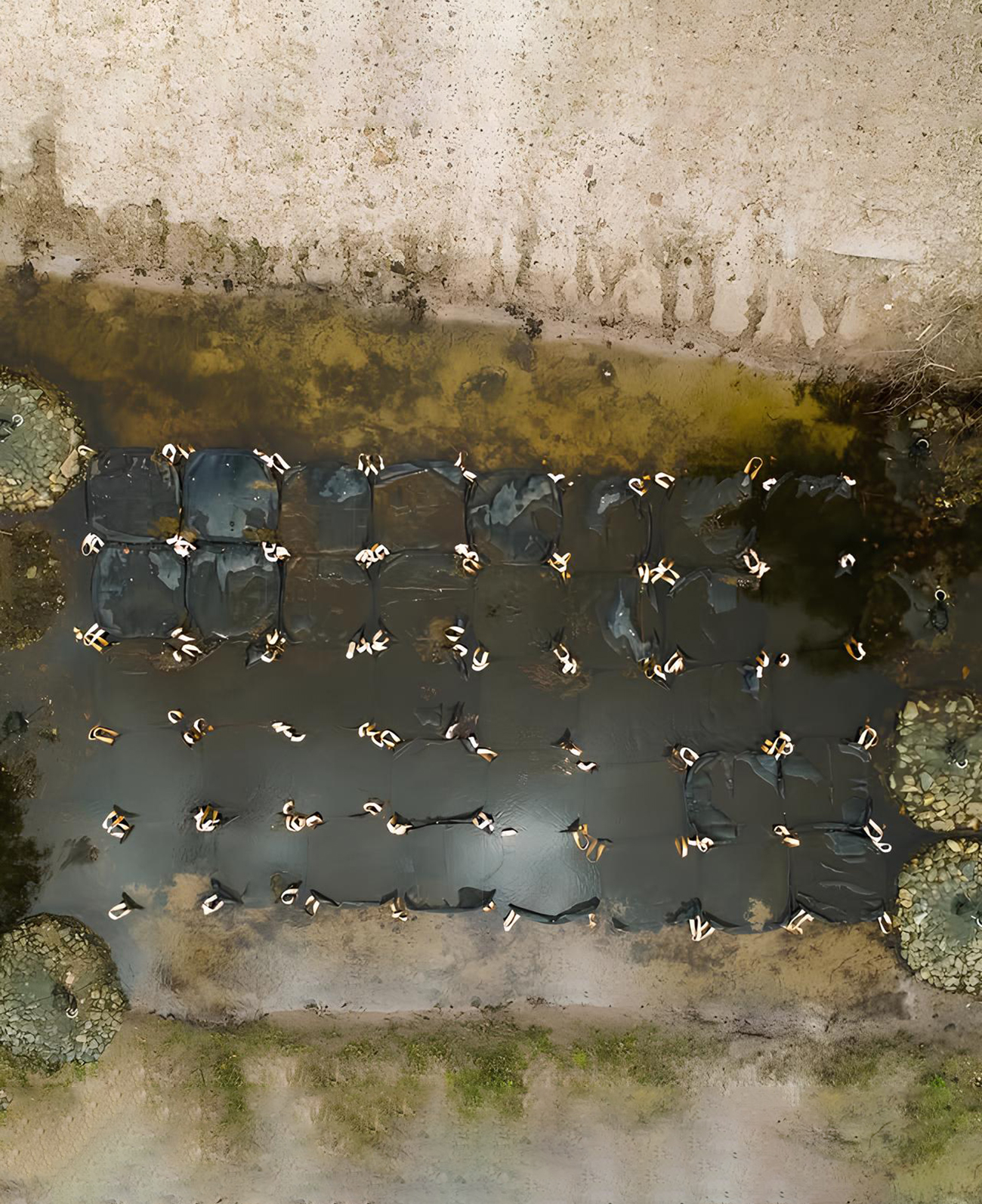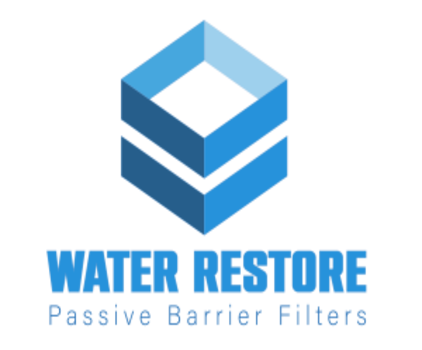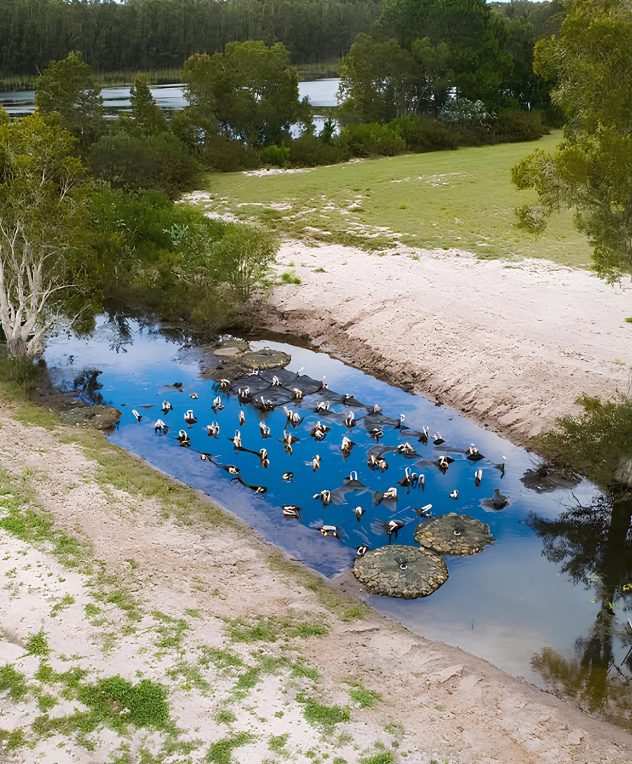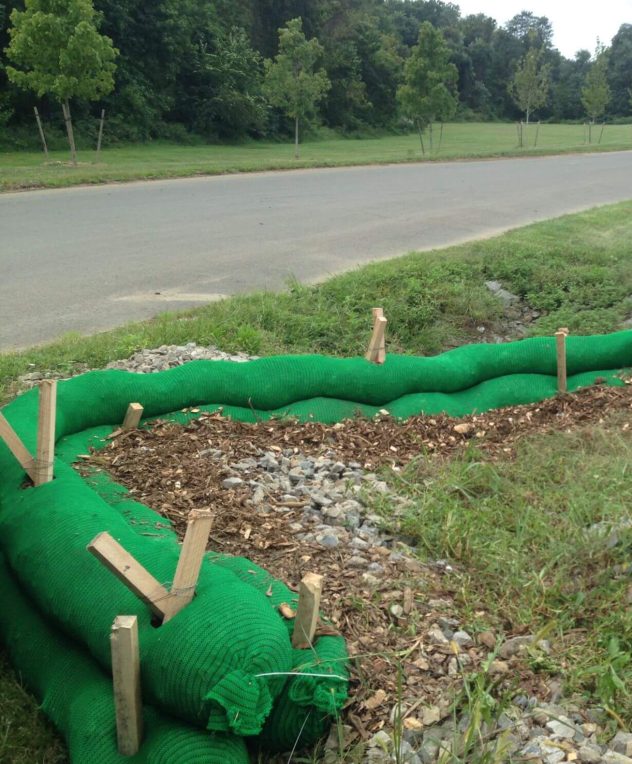
How Passive Barrier Systems Revolutionize Water Treatment
Water contamination has become a global challenge, threatening ecosystems, public health, and industrial operations. In response, passive barrier systems have emerged as a groundbreaking solution, revolutionizing water treatment by offering sustainable, efficient, and effective methods for removing pollutants. Here’s how these systems are transforming the field of water treatment.
- A Natural and Energy-Efficient Solution Unlike traditional water filtration methods, which often rely on energy-intensive processes and chemicals, passive barrier systems leverage natural filtration mechanisms. These systems use granular activated carbon (GAC), zeolite, and other advanced media to remove contaminants from surface and groundwater effectively. The passive nature of the system eliminates the need for constant energy input, making it both eco-friendly and cost-efficient.
- Versatility Across Contaminants and Applications Passive barrier systems are designed to tackle a wide range of water contaminants, including organic pollutants, PFAS, heavy metals, and sediments. They are particularly effective in treating groundwater contamination in industrial zones, agricultural runoff, and urban stormwater. Whether deployed in hazardous sites or integrated into municipal water systems, passive barriers provide adaptable solutions for diverse water treatment challenges.
- Groundwater filtration at industrial sites
- Sediment and pollutant removal in stormwater management
- Mitigation of agricultural runoff
- Sustainable and Scalable Design The scalability of passive barrier systems makes them ideal for projects of all sizes. From small-scale environmental remediation to large industrial water treatment plants, these systems can be tailored to specific project requirements. Additionally, their eco-friendly design ensures minimal impact on the surrounding environment, supporting biodiversity and reducing the carbon footprint of water treatment efforts.
- Long-Term Durability and Efficiency Passive barrier systems are built to last, offering consistent performance over extended periods. With minimal maintenance requirements, they provide a reliable and cost-effective solution for long-term water filtration. Their advanced media, such as GAC, ensures high contaminant absorption rates, delivering clean water that meets regulatory standards.
Applications Include:
Conclusion
Passive barrier systems are revolutionizing water treatment by offering a sustainable, efficient, and adaptable approach to addressing water contamination. Their ability to operate with minimal energy, treat diverse contaminants, and support large-scale projects positions them as a critical innovation for safeguarding global water resources.Explore Water Restore’s Passive Barrier Systems to discover how we can help you achieve clean, safe water for your projects and communities.







Leave a Reply